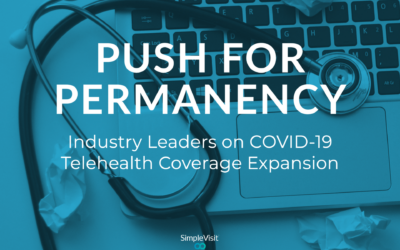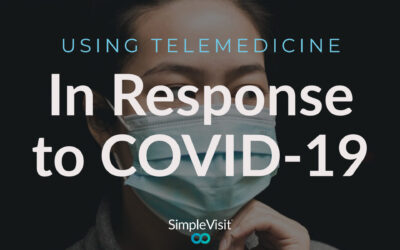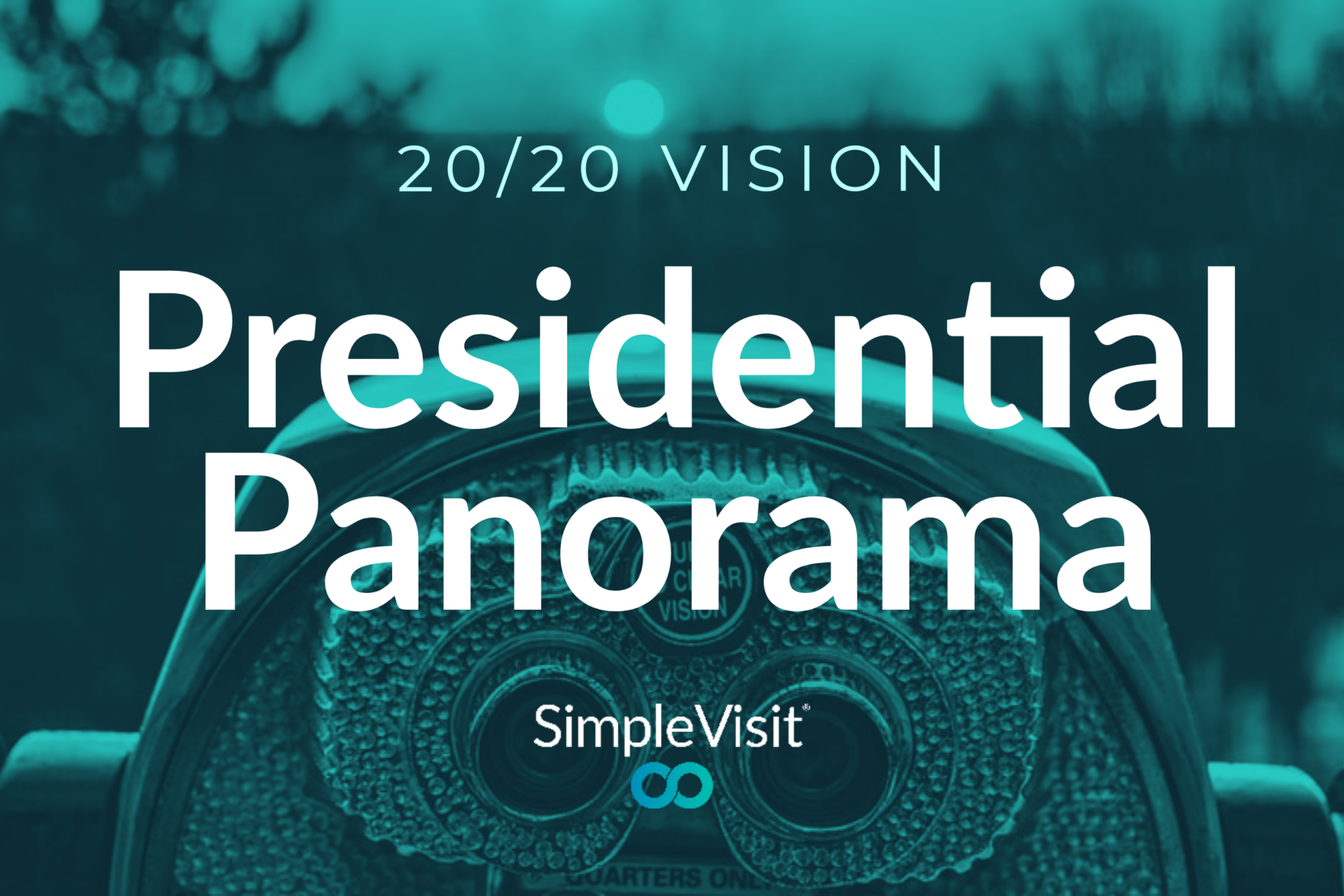J.D. Power Telehealth Satisfaction Survey
Industry Update | August 5, 2019
Early Results Give Insight into Lack of Patient Adoption
Direct-to-patient telemedicine has grown beyond novelty to notoriety, warranting the attention of national consumer reports to generate a quality standard for this emerging industry. A source for these quality metrics and consumer insights has been requested by government agencies, private payers, and the people themselves. And on November 5, 2019, J.D. Power, one of the leading market research firms in America, will be stepping up to the plate.
J.D. Power is a research and corporate advisory company with 50 years of collecting consumer data and analytics and using it to help businesses better understand their market, in order to grow their brand. They have a long-standing and well-regarded history of reliable industry benchmarks with a reputation for integrity.
Using data collected through a survey of 31 providers across 15 performance metrics as well as over 30 consumer behavior indicators from 1,000 people, the study aims to clarify why patient adoption of this form of healthcare delivery is so low in the face of the overwhelming advantages of the delivery model. They will also be creating the first ever Telehealth Satisfaction Index Model, and fielded questions about the possibility of a future quality accolade from J.D. Power that could be awarded to telehealth companies or practitioners.
Of all the metrics used and statistics presented in the sneak peek they released on August 1, the most striking is that only 9.6% of consumers polled have used telehealth in the last year – presumably because only 17.2 % were even aware that their health system or insurance provider offers some form of telehealth services.
While lack of awareness seems to be the biggest barrier they highlight, there are a few others. One is the perception of the standard of care given over virtual healthcare delivery models. According to the survey almost half of all consumers polled consider the care given over telehealth to be of a lower quality than what is given in an office visit.
Another barrier seems to be how personalized the care delivery is when done virtually, with only slightly less than half (43%) of consumers stating that they see telehealth as more impersonal than office visits.
An interesting side note to those two metrics that the study comments on is related to consumers who consider their own health to be “poor” – the cohort of whom it would be reasonable to assume would need the most overall medical care, diversity of services, and ease of access. However, J.D. Power notes that the members of that population, “do not use Telehealth—literally, 0% of respondents indicated they used Telehealth in the last 12 months.” What’s more, 67.2% of respondents in that health status category thin that the quality of care is lower than in-person visits. Interestingly, that population as well that holds the highest percentage of believers in the potential for personalization within a telehealth visit – a full 28.5%.
There is some good news, though. The earlier myth about telehealth, one among the collection of myths that the American Telemedicine Association has been trying to refute, that it is more expensive than in-office care, seems to no longer be a popularly-held belief. Now nearly half of all consumers believe that telehealth is less expensive than traditional healthcare delivery models.
Finally, the professionals at J.D. Power have two nuggets of advice in this early stage of the study that we think are worthy of passing on:
“Without a strategy to engage high cost and high-risk patients, demonstrating the value of Telehealth will be a struggle for all providers.”
“It will be important for Telehealth providers to demonstrate the exchange of value of cost and quality in Telehealth services over traditional healthcare services.”
By far, the most exciting take away from this study is the fact that is is being done at all. We in the industry have asked and asked, and the cry has been answered. The more studies of this caliber and depth that are done, the better we will be able to utilize this expanding and advancing technology to truly bring healthcare – no, wellcare – to all people whenever and wherever it is needed.
To view the data sets and the rest of their early findings, go here.

Allie Clark
Allie is an Industry Analyst and Content Manager for SimpleVisit. Her educational background is diverse with Administrative Medical Assisting and Psychology as a focus with a dash of Business Communication and Theater. Unique life experiences have led to a passion for improving access to healthcare and a particular talent for research, which she is quickly turning into a career. Allie is able to use her combined experience to write and develop resources for SimpleVisit, and is fulfilled by the opportunity to contribute to innovation and progress in the healthcare industry as a whole.
Industry Leaders Push for Permanency for Telehealth Coverage Expansions
Allie Clark | 8 min read | June 8, 2020During the COVID-19 pandemic, telehealth has been necessary for not only the health of all American citizens, but also that of healthcare companies of all sizes. Virtually delivered services have kept many medical offices open...
Allie Clark | 10 min read | March 6, 2020[Updated on November 20, 2020] Our world is in the throes of what is undeniably one of the most severe infectious disease outbreaks in modern history. Coming up with innovative approaches to stem the spread of the infection of...
20/20 Vision: Presidential Panorama
Allie Clark | 6 min read | February 10, 2020[Updated March 10, 2020]As we continue on into 2020, more opportunities for growth and advancement of virtual care delivery abound. This year also brings the single biggest event that happens in our country: a presidential...



